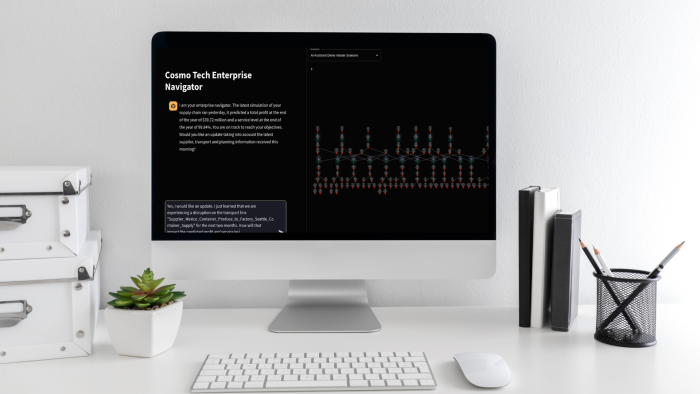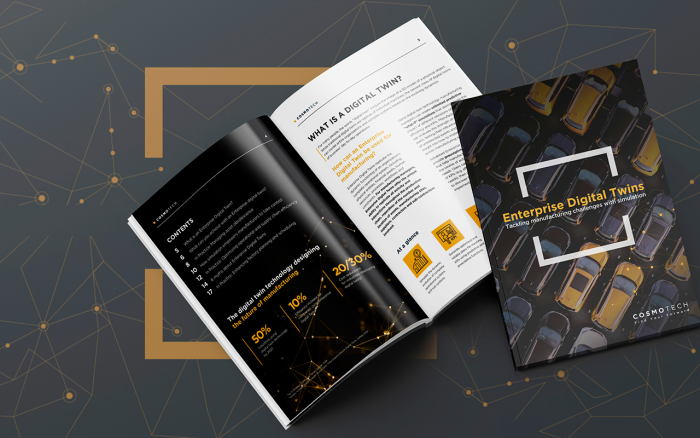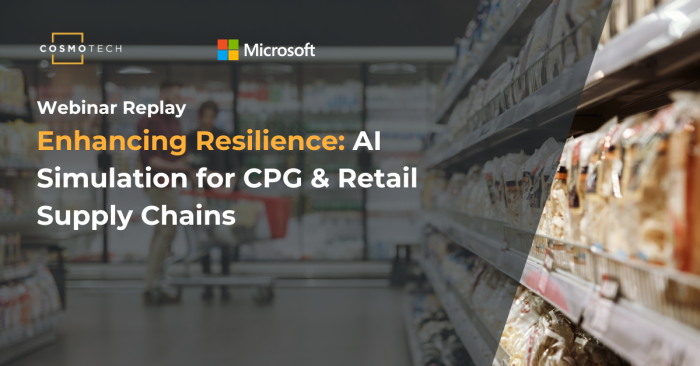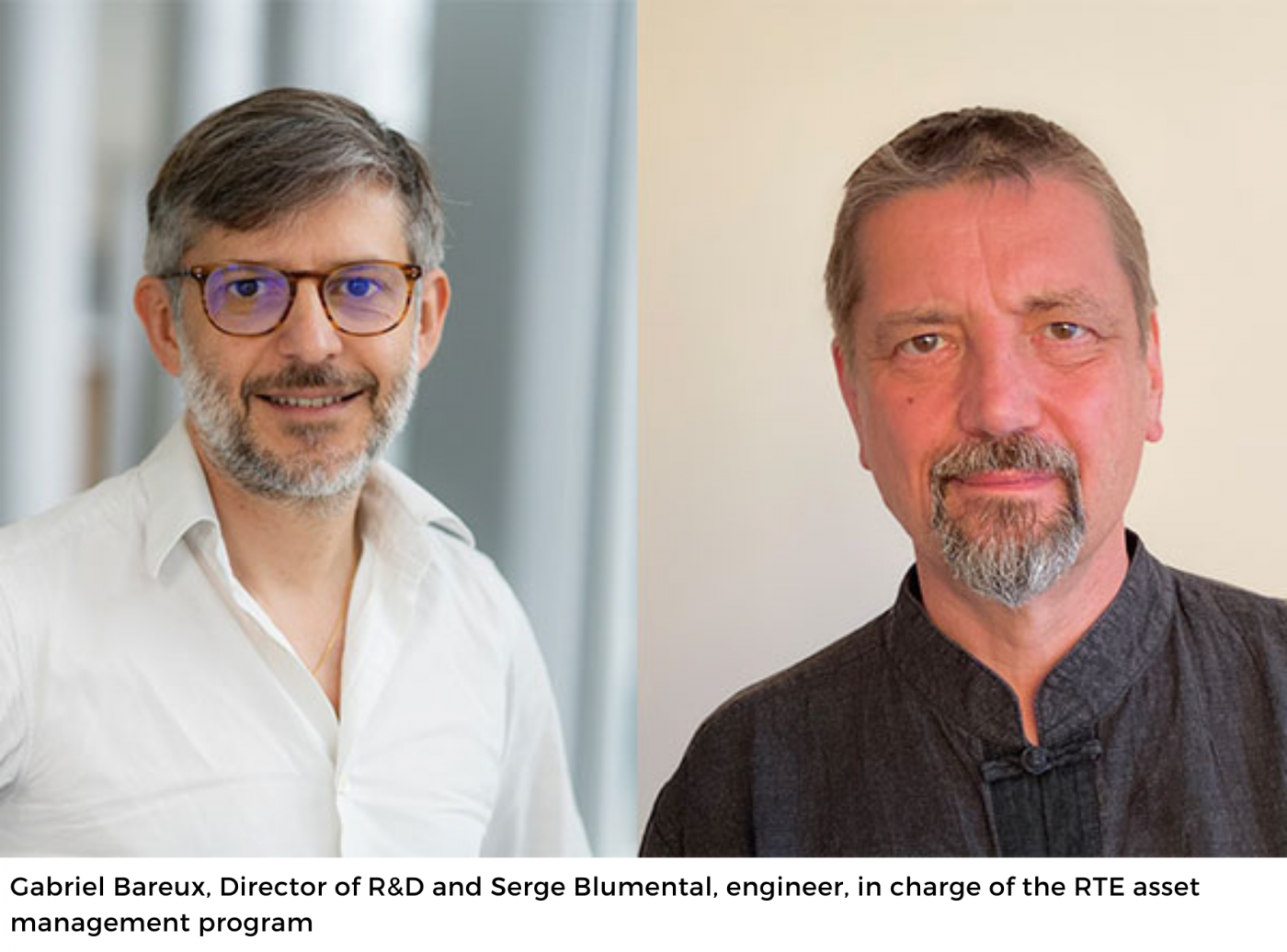Why did a company like RTE become interested in digital twin technologies?
Serge Blumental: RTE has a large network, with many kilometers of lines, which was built in big historical waves. We need to absorb a growing technical debt, whilst continuously investing in the network. This is a major challenge in our strategic plan, because if we do not change the size of our renewal policies, we will find ourselves facing an insurmountable financial obstacle. Historically, our industrial assets, such as pylons, conductors, electrical substations, etc., were considered independent from one another, as if they didn’t overlap. However, the demands of network maintenance intersect with human, financial and technical constraints and issues… This is why we have decided to model this reality using a digital twin.
Gabriel Bareux: Our problem is the confrontation of short and long term trade-offs between OPEX and CAPEX. From a technical point of view, it seems obvious, for example, that our pylons need to be repainted regularly to protect them from corrosion and extend their lifespan. But when a company needs to make savings, it tends to reduce these items of expenditure to a short-term vision. And we don’t always know how to find the right balance. With the use of modelling, we were able to demonstrate that doubling or even tripling the effort in terms of painting to prevent corrosion was much more cost-effective in the long run. Alternatively, we were able to determine when it was more cost-effective to simply replace certain classes of pylons. We were able to unfold the possible strategies, with supporting evidence, in order to discuss practical scenarios with the regulator (the Commission for Regulation of Energy, or CRE – ed.).





